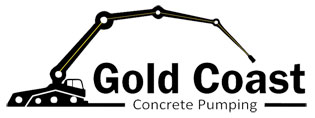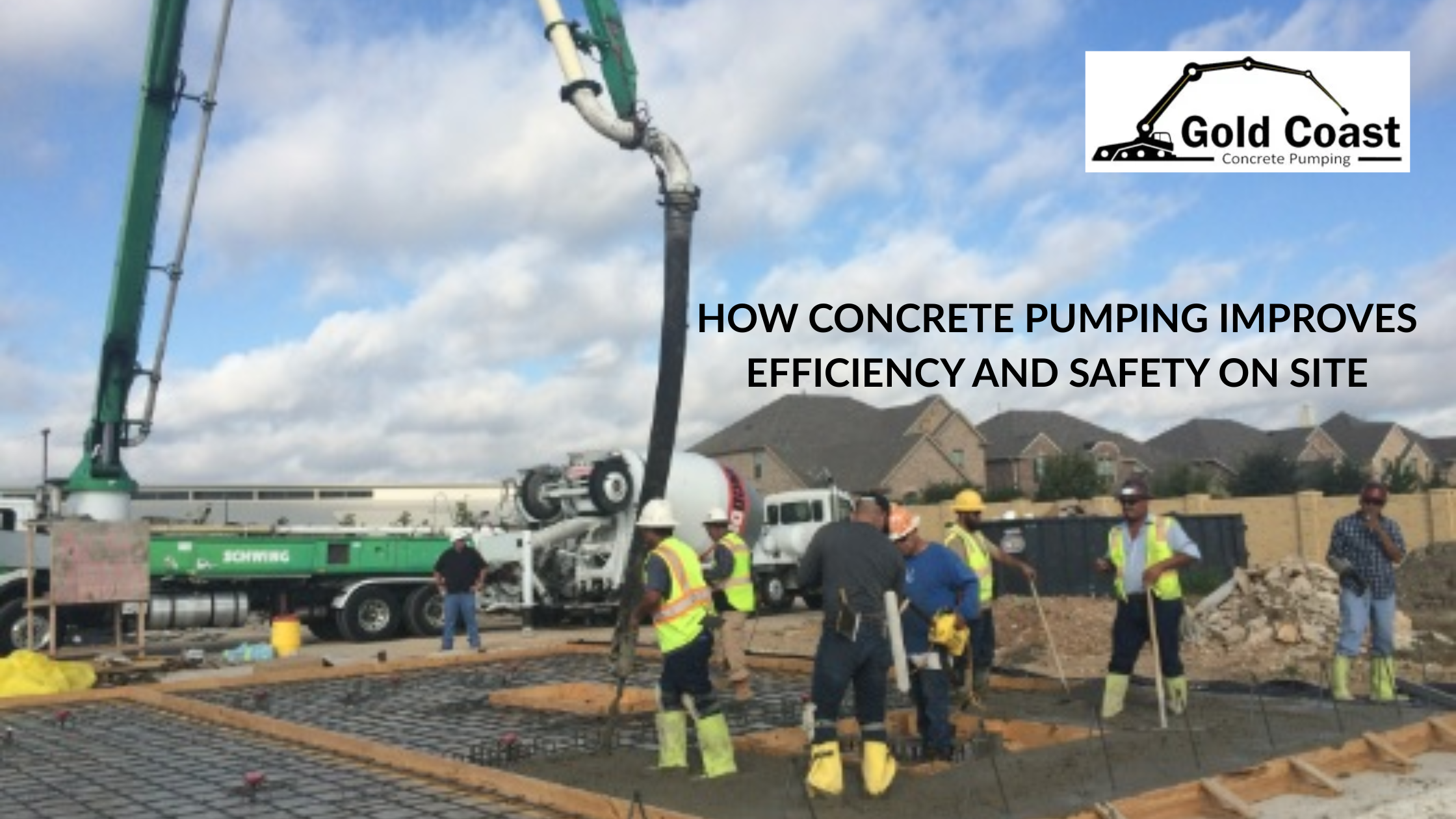How Concrete Pumping Improves Efficiency and Safety on Site
Concrete pumping has revolutionized the construction industry by offering a faster, safer, and more efficient way to place concrete on-site. Whether you’re working on a high-rise building, a large infrastructure project, or a small residential job, using concrete pumps can significantly improve your workflow and reduce potential hazards. In this blog, we’ll explore how concrete pumping enhances both efficiency and safety on construction sites.
What is Concrete Pumping?
Concrete pumping is the process of transferring liquid concrete from the mixer truck to the desired location on a construction site using specialized pumping equipment. This method replaces traditional ways of moving concrete, such as wheelbarrows, cranes, or manual pouring.
There are two main types of concrete pumps:
- Boom Pumps: Mounted on trucks with a robotic arm to place concrete with precision at difficult-to-reach areas.
- Line Pumps: Smaller, portable pumps that use flexible hoses to transport concrete in tight or smaller spaces.
Efficiency Boost with Concrete Pumping
- Faster Concrete Placement
Concrete pumps can deliver concrete quickly and continuously, allowing large volumes to be poured in less time. This speed reduces delays and helps meet tight project deadlines, keeping your construction timeline on track.
- Reach Difficult Areas Easily
Concrete pumping allows access to hard-to-reach or elevated locations without the need for additional labor or equipment. Boom pumps can place concrete directly where needed, even on upper floors of high-rise buildings or in tight spaces.
- Reduced Labor Requirements
Since concrete pumping requires fewer workers to manually move and pour concrete, it lowers labor costs and reduces worker fatigue. The equipment does the heavy lifting, letting your team focus on other critical tasks.
- Consistent and Precise Placement
Concrete pumps provide a steady, controlled flow of concrete that reduces waste and ensures even distribution. This precision leads to better-quality finishes and fewer repairs or touch-ups later.
- Less Equipment on Site
Traditional methods often require multiple pieces of equipment like cranes and wheelbarrows. Concrete pumping consolidates the process, reducing clutter and improving site organization.
Enhancing Safety on Construction Sites
- Minimized Manual Handling
Concrete pumping drastically cuts down on manual handling of heavy materials. Workers no longer need to carry wheelbarrows filled with concrete, reducing the risk of strains, sprains, and accidents.
- Reduced Risk of Falls and Injuries
Pouring concrete at height or in confined spaces traditionally involves scaffolding or ladders, which can be hazardous. Concrete pumps, especially boom pumps, deliver concrete directly, eliminating the need for workers to be in dangerous positions.
- Better Control and Visibility
Operators can control pumps remotely with clear sightlines, ensuring precise concrete placement without exposing themselves to hazards. This reduces the chance of spills, splashes, and unsafe movements on site.
- Less Equipment Traffic
Since concrete pumps reduce the number of vehicles and machinery needed to transport concrete around the site, there’s less congestion and fewer chances of accidents involving site vehicles.
- Environmental Safety
By limiting spillage and waste, concrete pumping also contributes to a cleaner, safer work environment. Properly handled concrete reduces contamination risks and helps maintain regulatory compliance.
Practical Applications of Concrete Pumping
- High-rise Buildings: Pumping concrete to upper floors safely and efficiently without cranes.
- Infrastructure Projects: Pouring concrete in bridges, tunnels, and highways with ease.
- Residential Construction: Faster driveway and foundation pours, saving homeowners time and money.
- Industrial Projects: Large-volume pours in factories or warehouses without disrupting operations.
Tips for Maximizing Benefits of Concrete Pumping
- Choose the Right Pump: Match the pump type (boom or line) to your project size and site layout.
- Plan the Pump Route: Ensure hoses or boom arms have clear, safe pathways for delivery.
- Use Experienced Operators: Skilled operators help prevent blockages and ensure smooth flow.
- Maintain Equipment: Regular servicing reduces downtime and safety risks.
- Communicate on Site: Clear communication between pump operators, concrete suppliers, and laborers ensures a smooth operation.
Conclusion
Concrete pumping offers clear advantages in efficiency and safety, making it an essential method for modern construction projects. By speeding up concrete placement, reducing labor needs, and minimizing site hazards, it helps projects finish on time, within budget, and with a safer work environment. If you’re planning a construction project, consider incorporating concrete pumping to boost productivity and keep your team safe.

